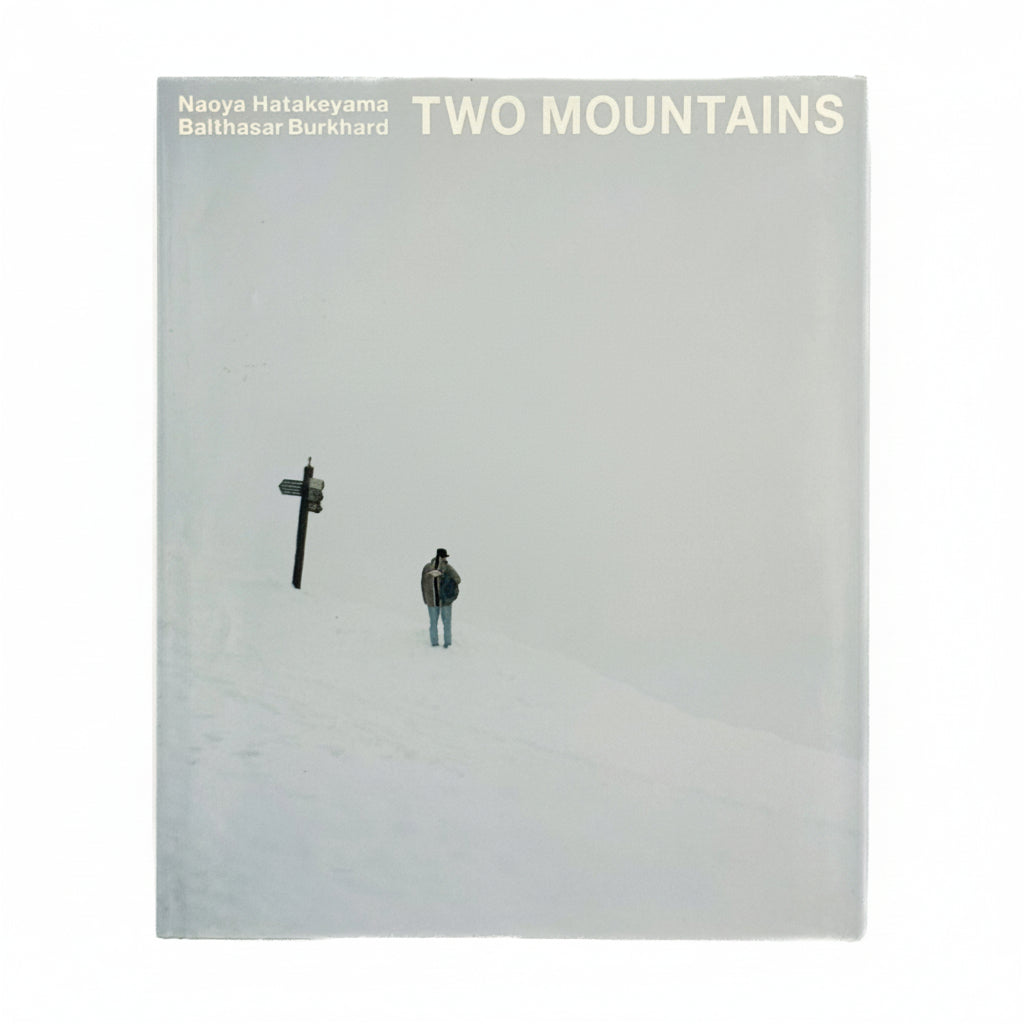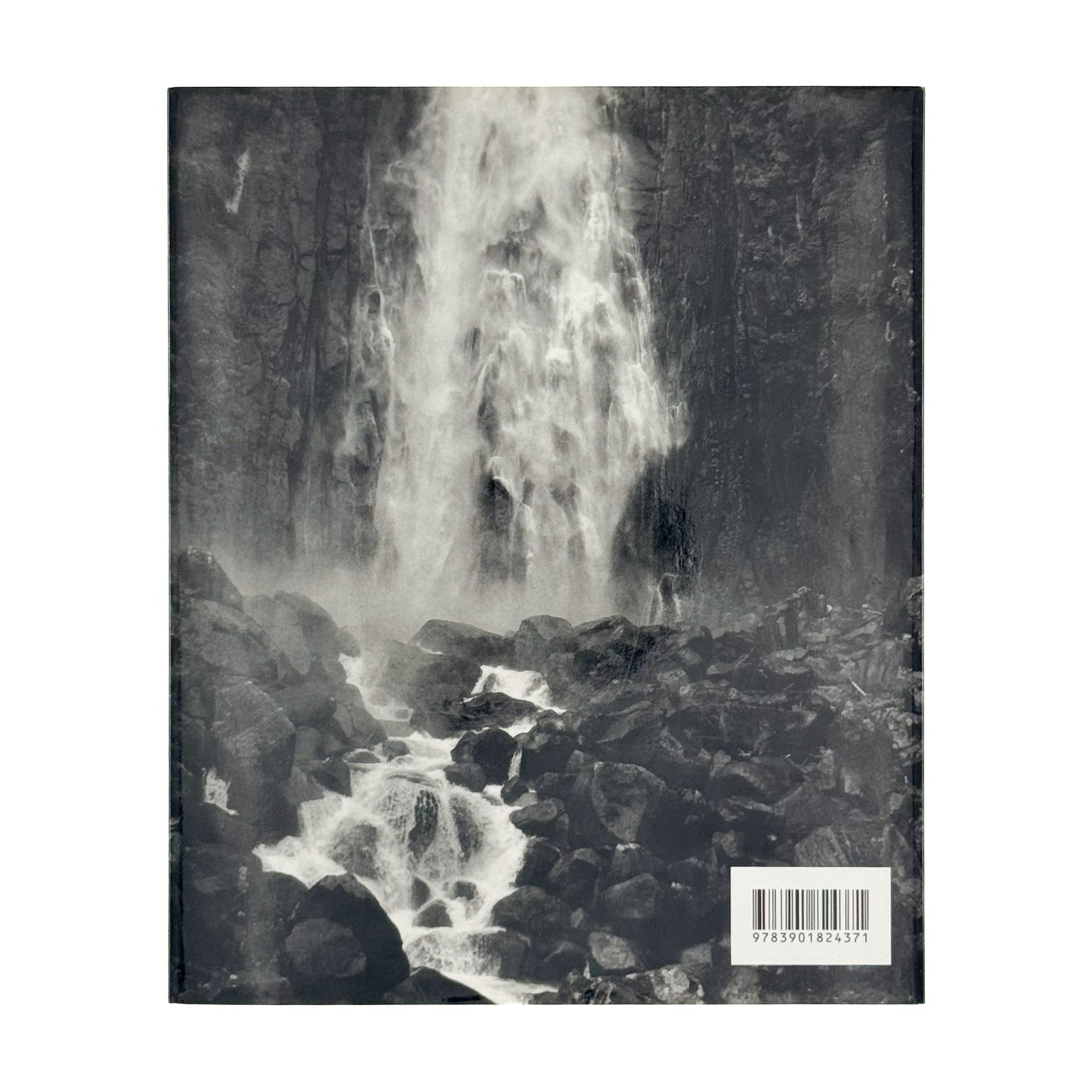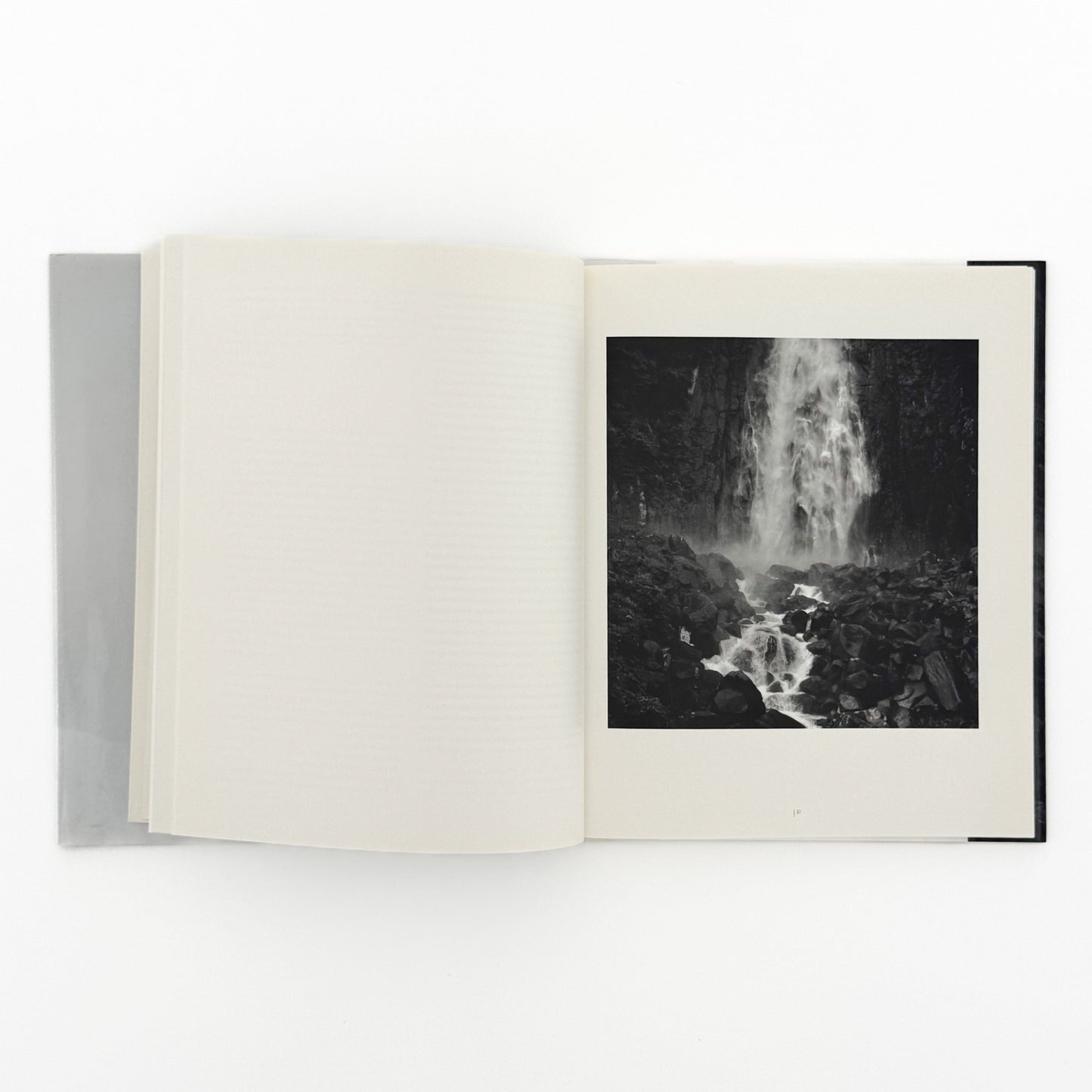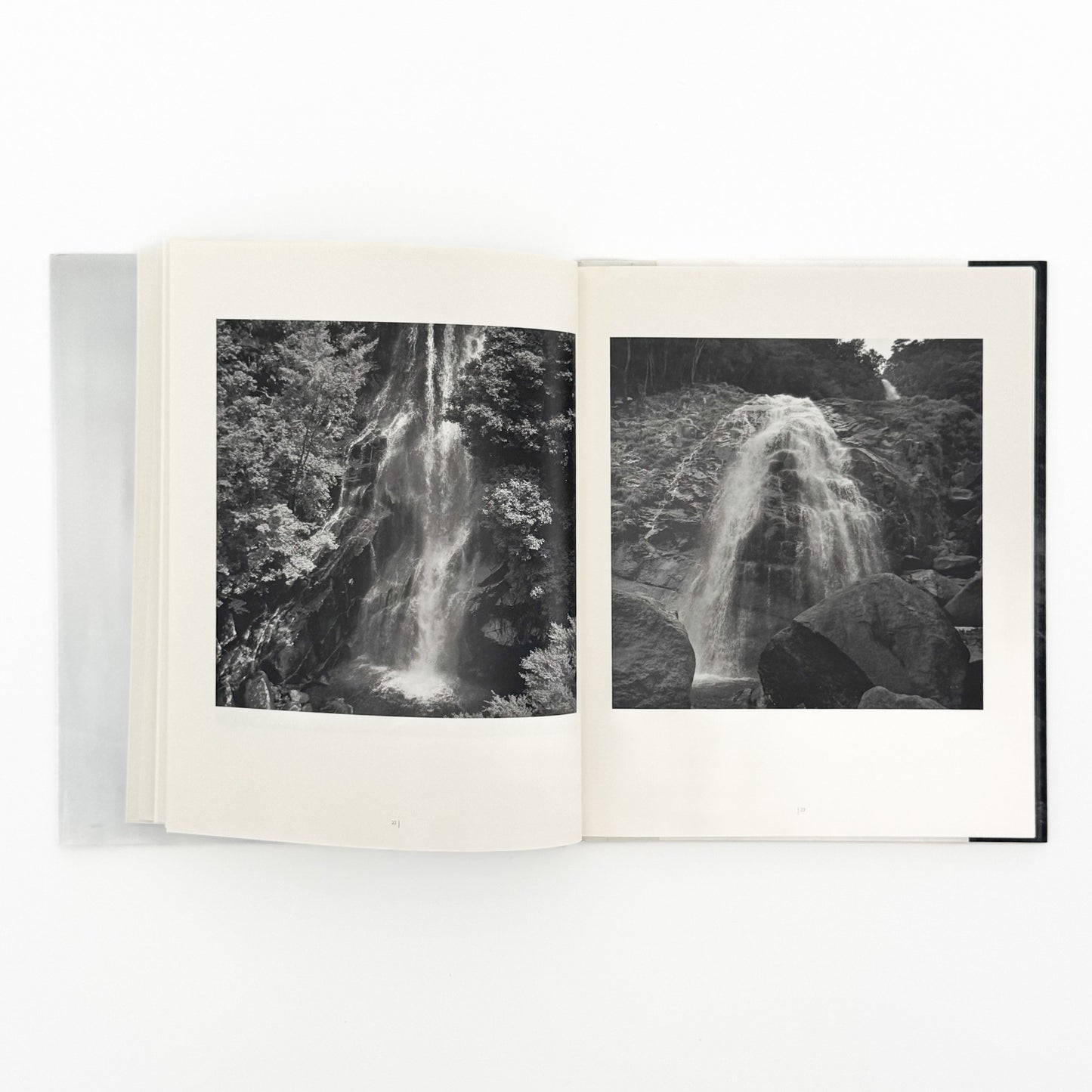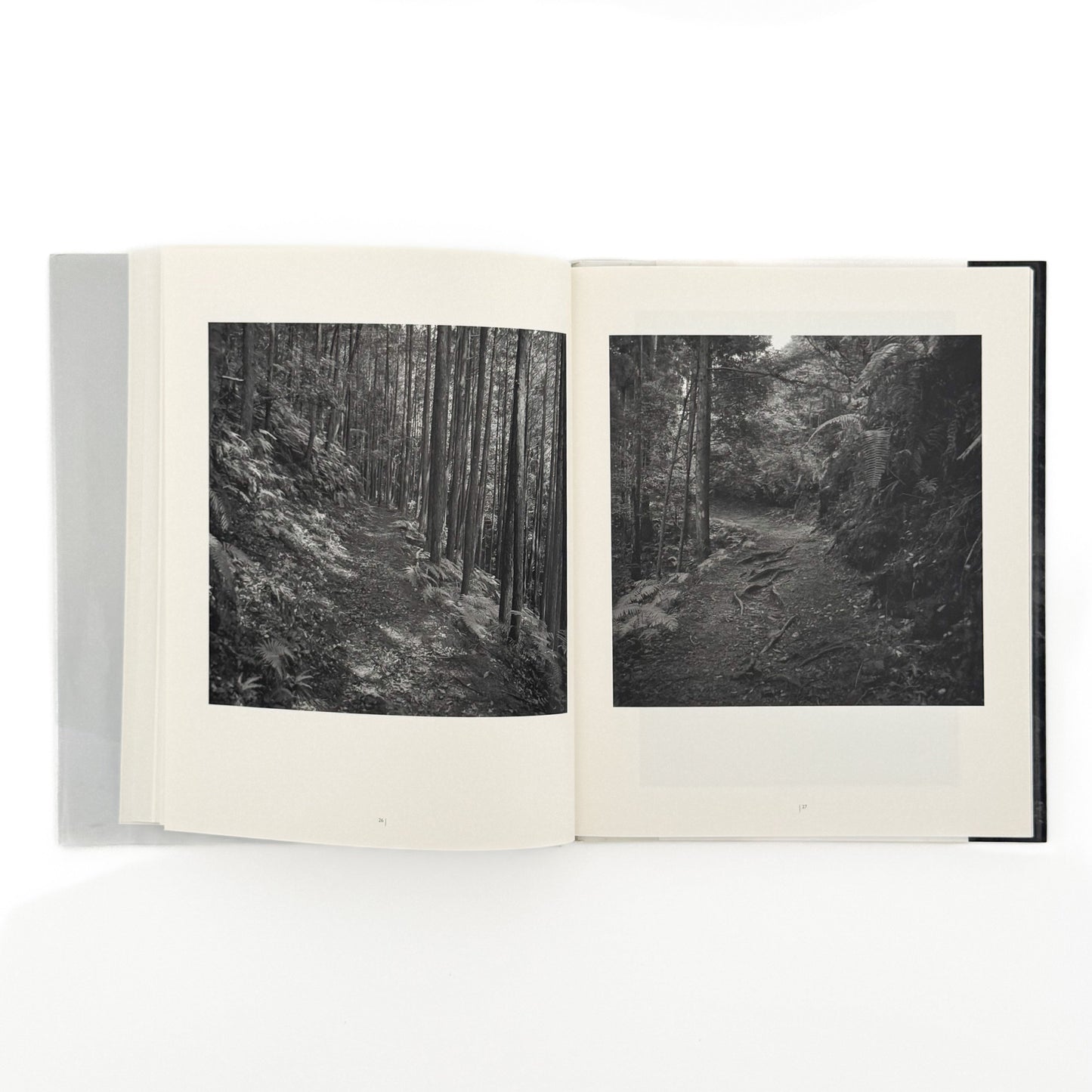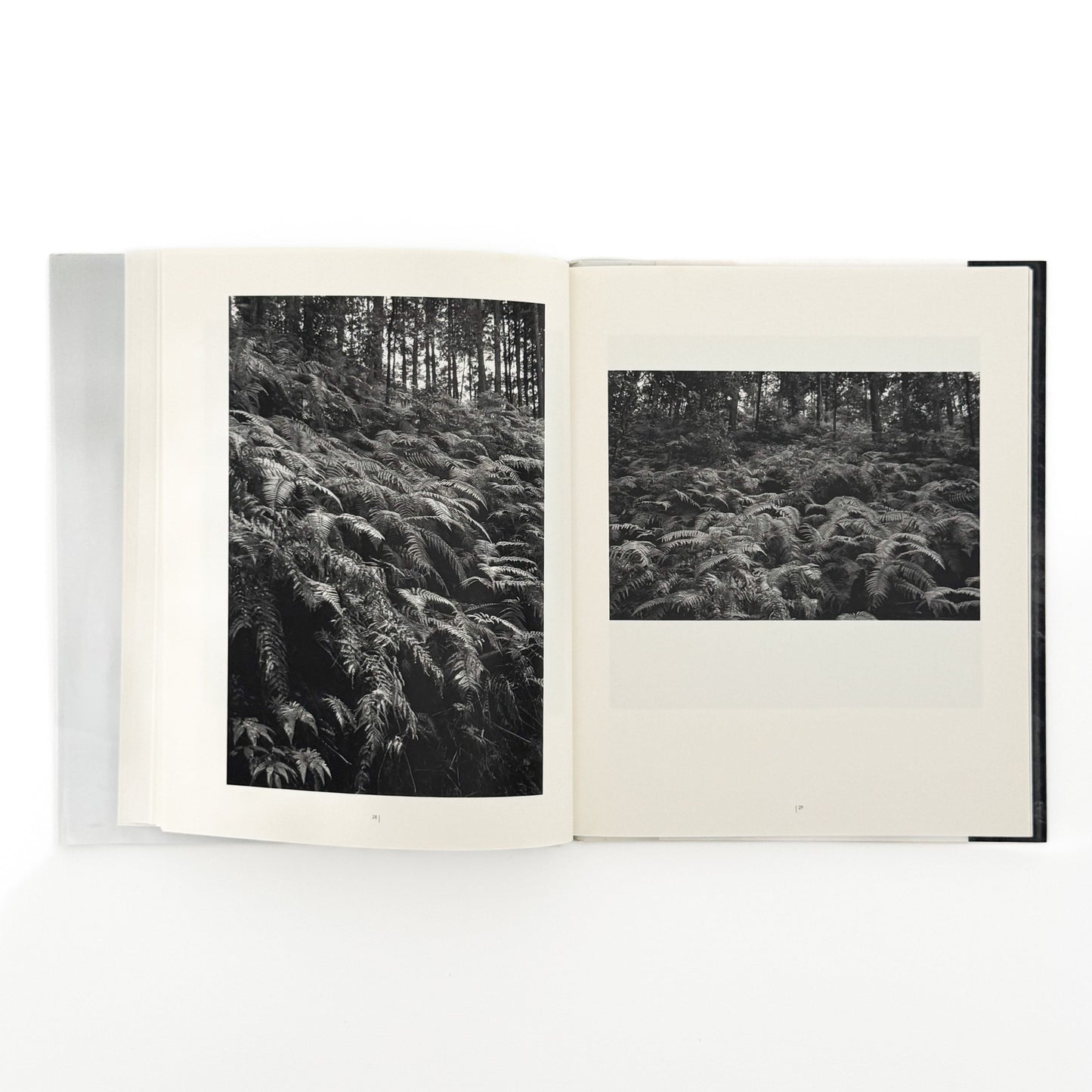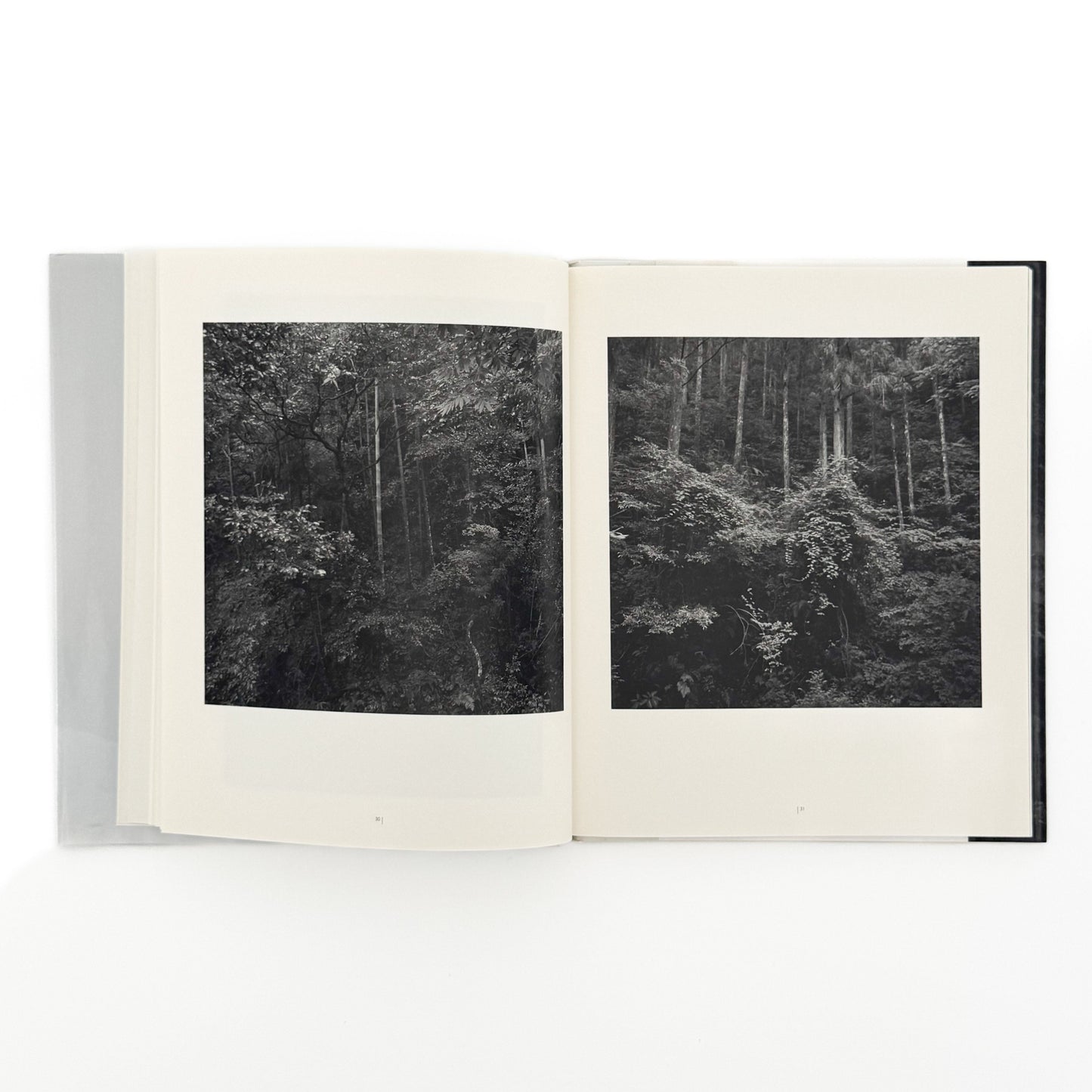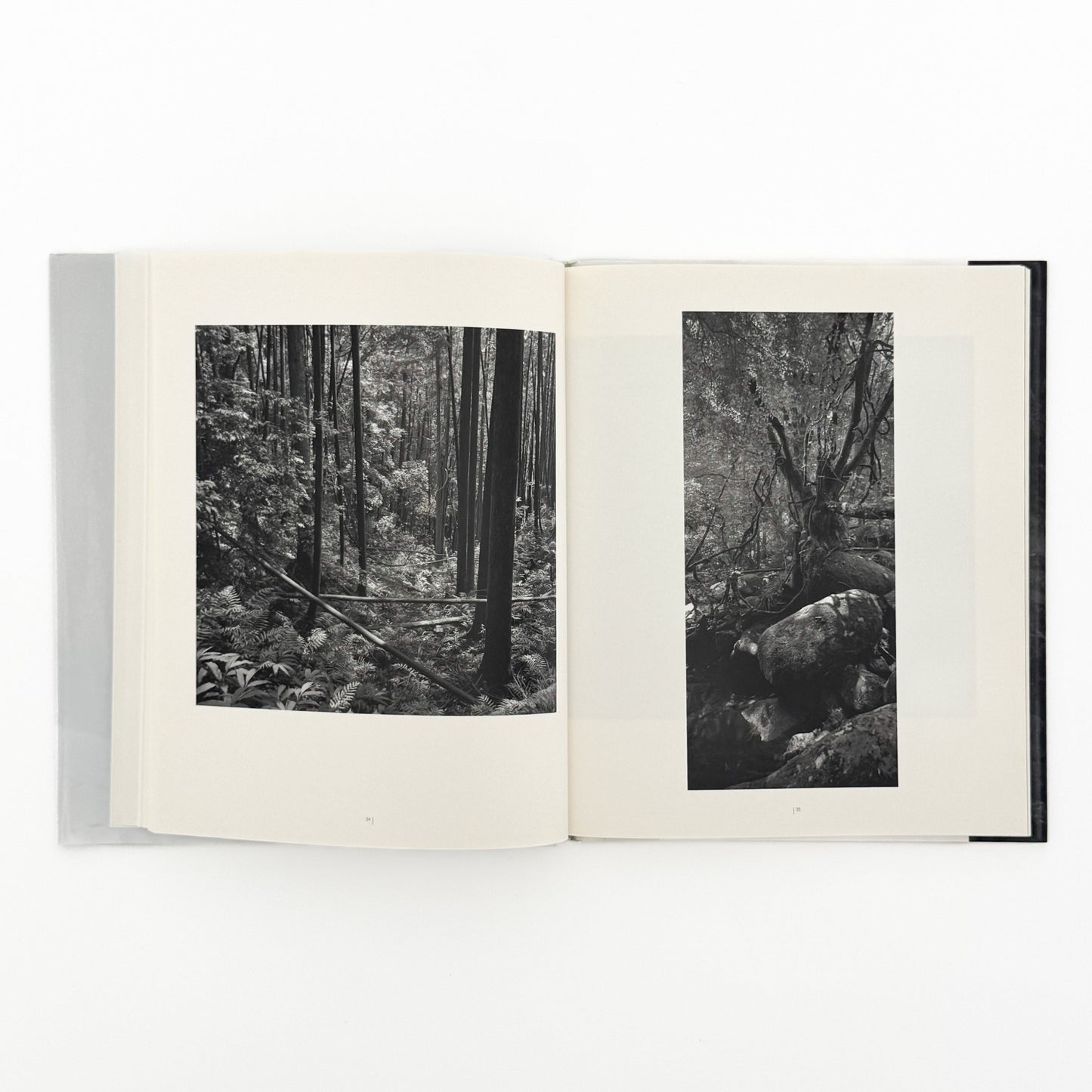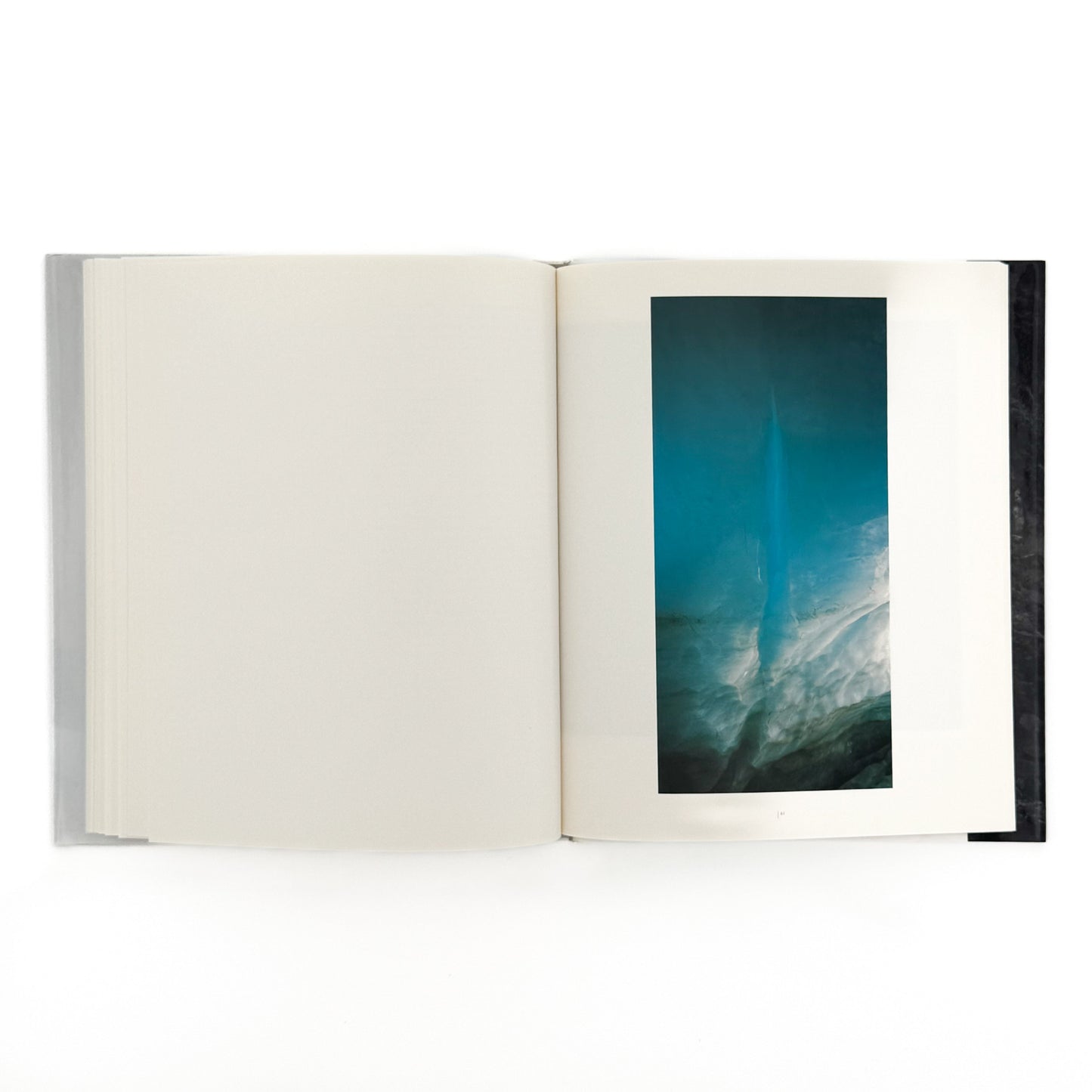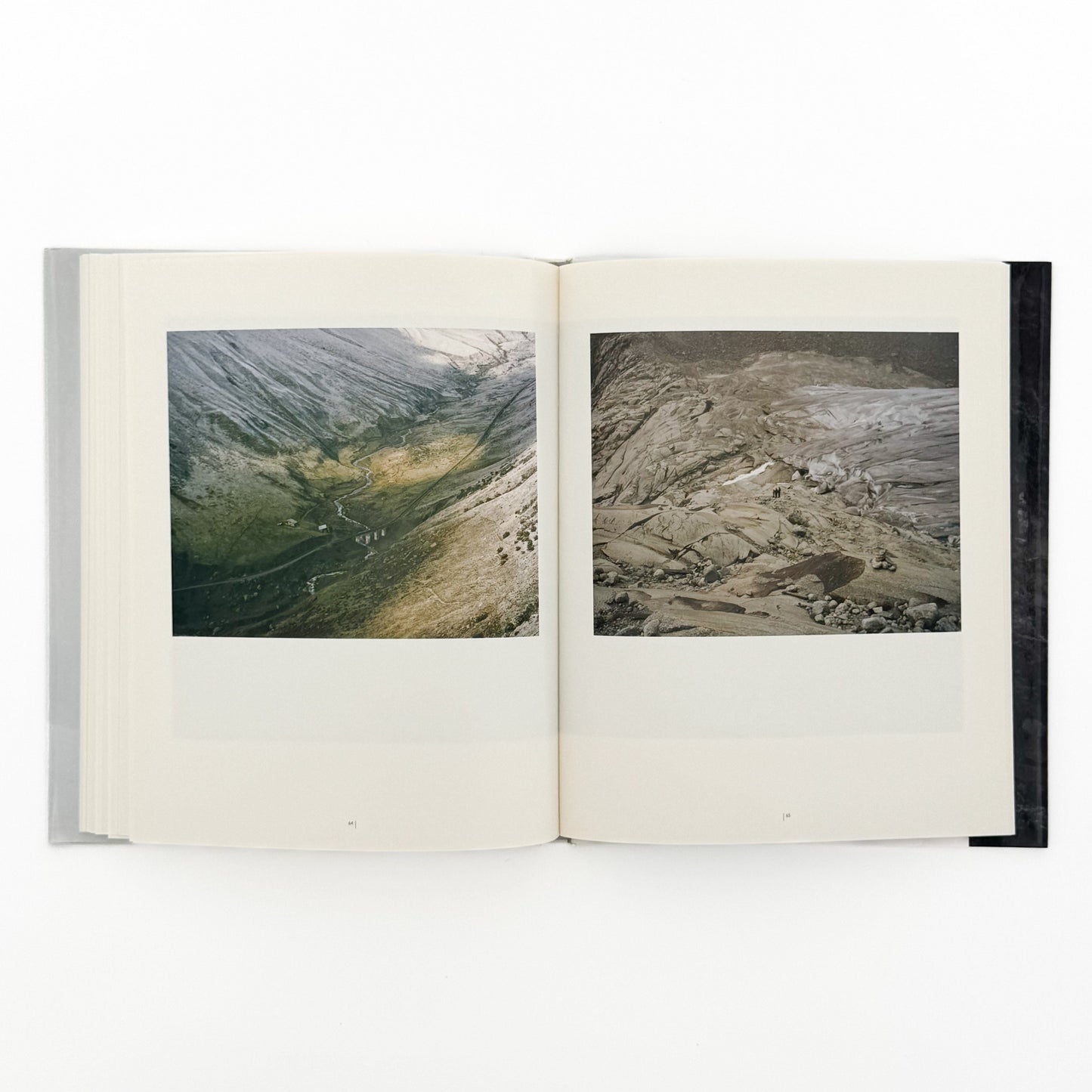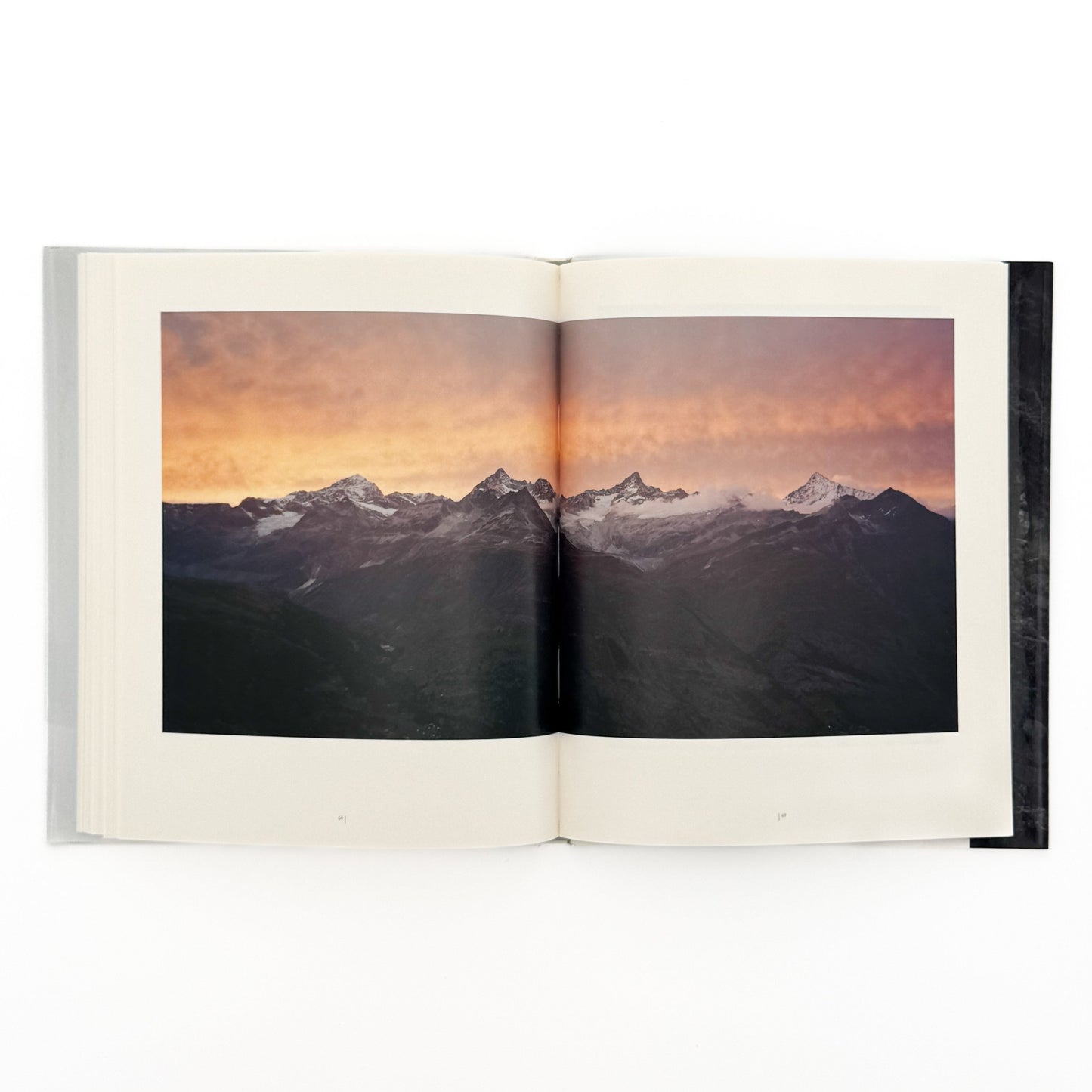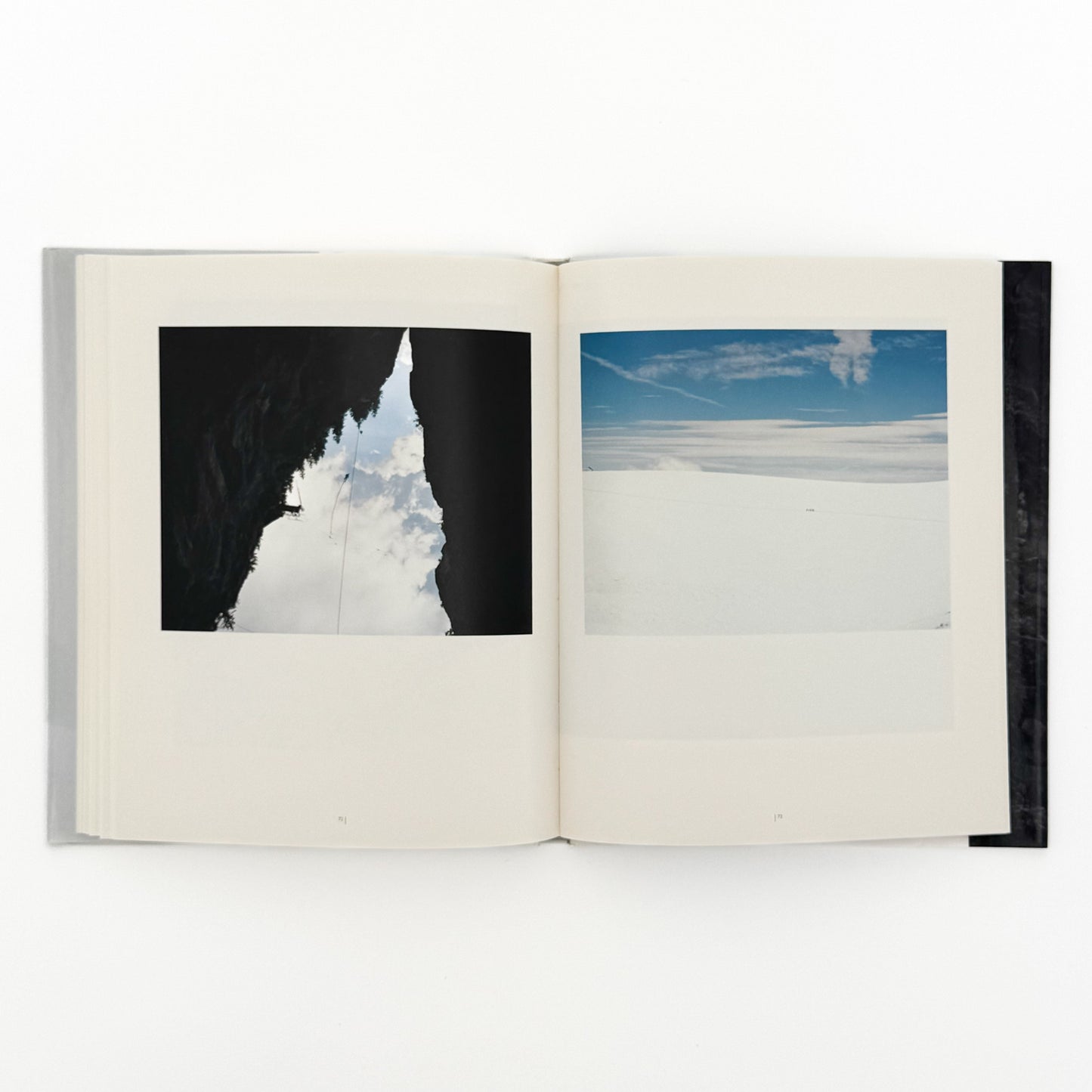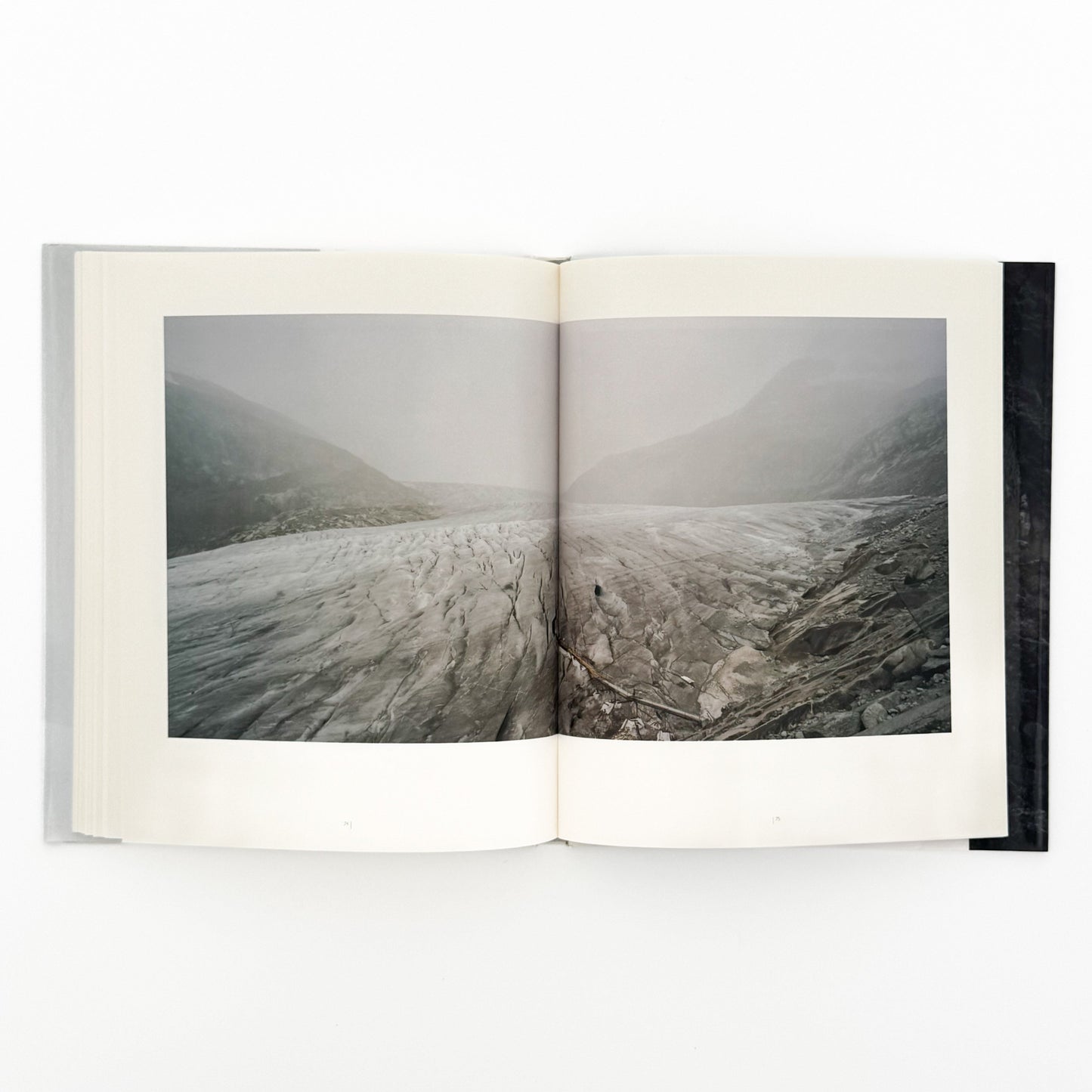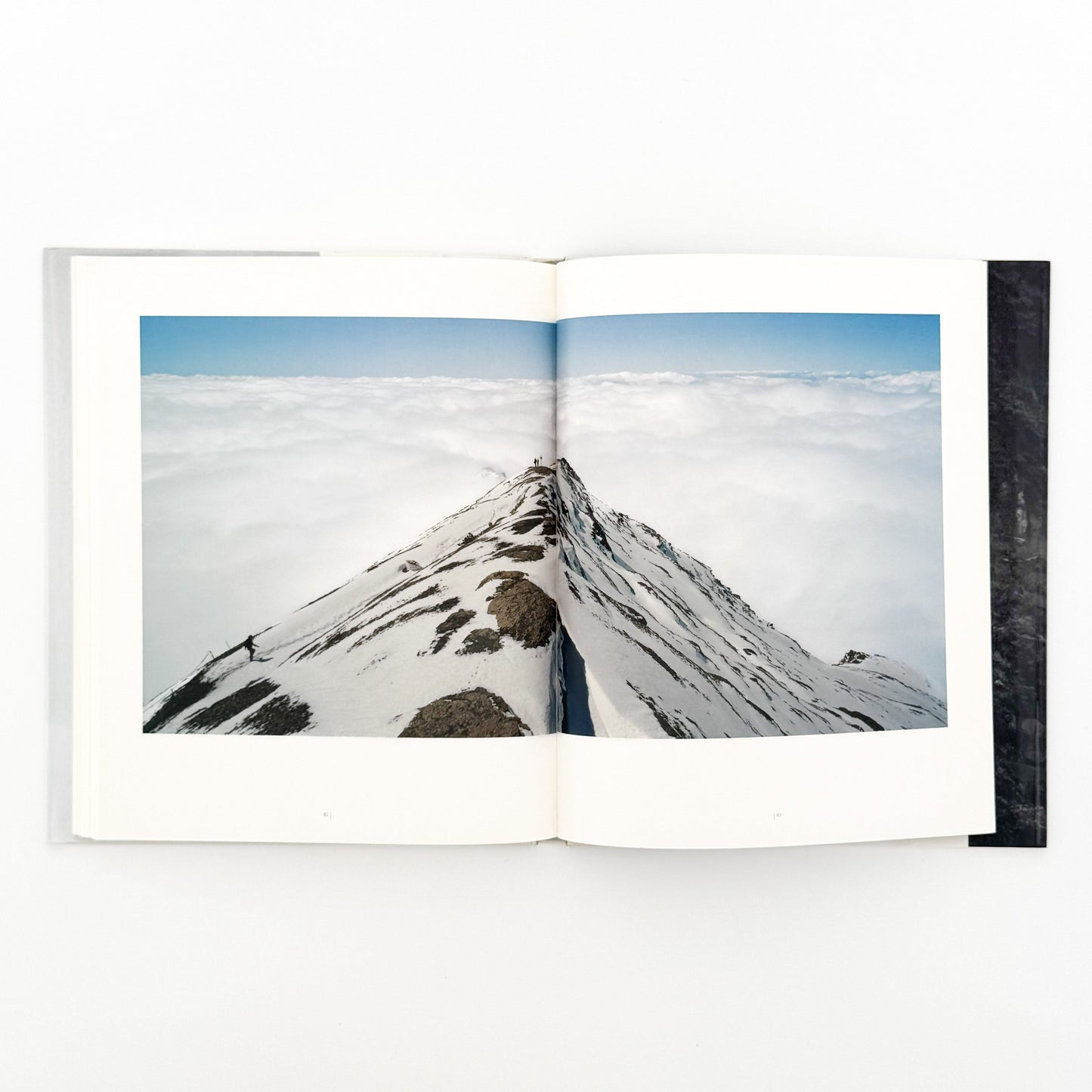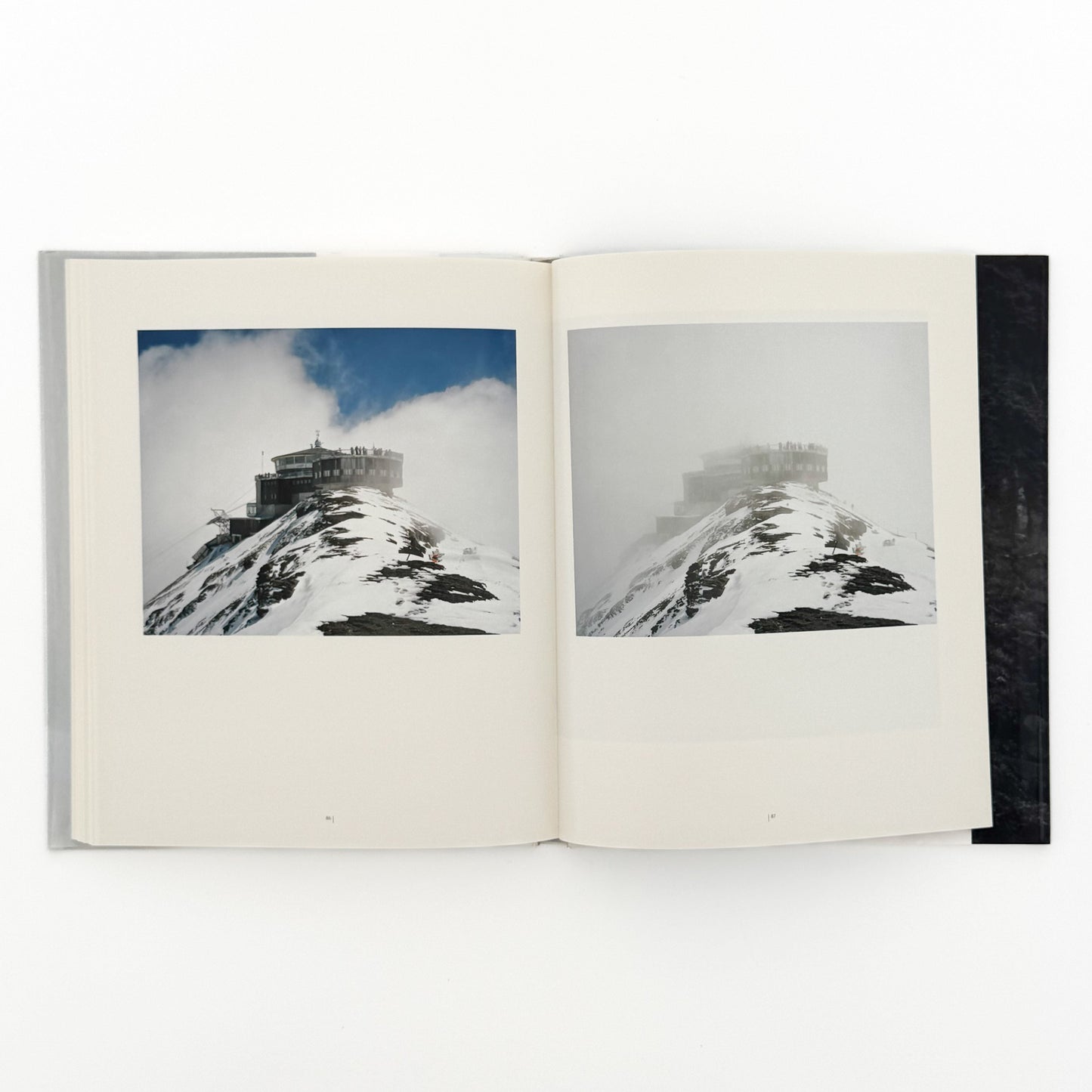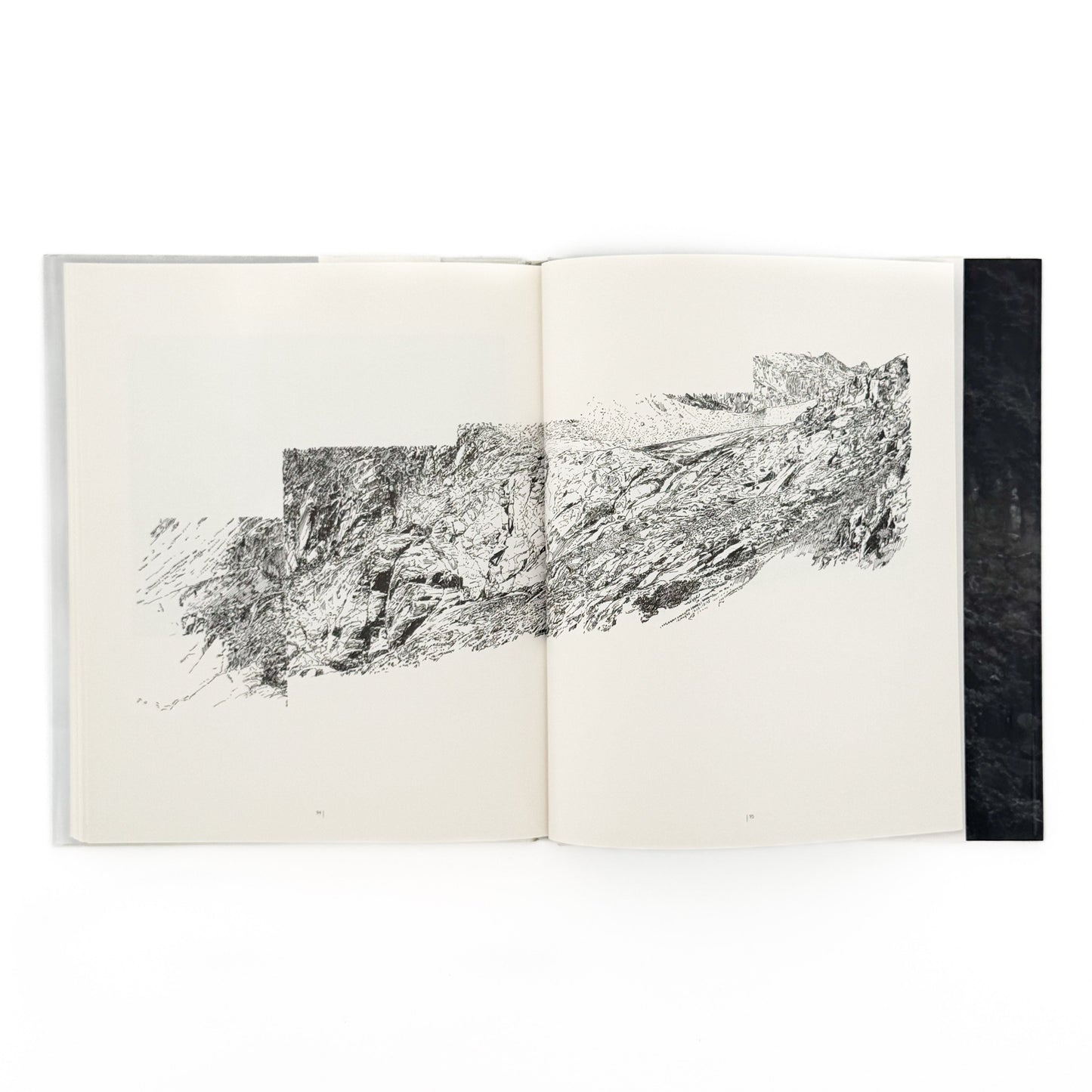(German/English) Naoya Hatakeyama, Balthasar Burckhardt: A Photographic Exhibition Catalog - Two Mountains
(German/English) Naoya Hatakeyama, Balthasar Burckhardt: A Photographic Exhibition Catalog - Two Mountains
Couldn't load pickup availability
Share
A conversation between two photographers, each with a different theme of "mountains" in Japan and Switzerland.
This is the official catalog for an exhibition in which two photographers, Naoya Hatakeyama from Japan and Balthasar Burckhardt from Switzerland, exchanged countries and examined the universal presence of "mountains" within different cultures and landscapes.
Hatakeyama traveled around the Jungfrau region and Valais region of Switzerland, shooting with the theme of "the gaze that humans cast upon the mountains."
In Kumano and Koyasan, Burgkart dynamically captured the symbolism of Japanese mountains, where faith and nature intertwine.
This book visually represents the thoughts and visions surrounding mountains, from the perspectives of Japan and Switzerland.
[Title] Two Mountains, Naoya Hatakeyama, Balthasar Burkhard
[Publisher] Executive Committee of Two Mountains
[Publication Date] 2008 (2nd printing)
[Number of pages] 103 pages
[Size] 25 x 20.6 x 1.4 cm, approx. 0.56 kg
[Format] Hardcover
[Title Reading] Two Mountains, NaoYa Hatakeyama, Balthasar Burckhardt
[Author(s) / Editor(s)] Balthasar Burkhard, Naoya Hatakeyama / Author; Museum der Moderne Salzburg / Editor
[Print]
[ISBN] 987-3-901824-37-1
[Condition] Used, average condition.
[Accessories] None
[Published in] None
[Related Exhibitions] Salzburg Museum of Modern Art Mönchsberg (November 8, 2008 – February 8, 2009), Tokyo Art Museum (2006)
Balthasar Burkhard (1944–2010)
Born on December 24, 1944, in Bern, Switzerland.
She began her career as a photographer in the early 1960s, starting as a photographer at the Bern Art Museum.
In the late 1960s, he was in charge of the documentation photography for the groundbreaking exhibition "When Attitudes Become Form" (1969, Kunsthalle Bern), curated by Harald Szeemann, and since then he has become known for his expressions that traverse art and photography.
In the 1970s, he stayed in the United States and produced large-format monochrome prints of architecture, urban landscapes, and the human body using a large-format camera.
Since the 1980s, he has been based in Zurich, where he has created works based on urban structures, nature, and animals, exploring the scale and materiality of photography.
He passed away in Bern on April 16, 2010.
Naoya Hatakeyama (1958-)
Born in 1958 in Rikuzentakata City, Iwate Prefecture.
In 1984, he completed his studies at the Graduate School of Art at the University of Tsukuba. For many years, he has been photographing the changes that human activities have on landscapes, including cities, nature, and construction sites.
In his early masterpiece "Lime Works," he captured the immense scale of a limestone quarry and the labor of its workers, and in subsequent works such as "Underground" and "Blast," he meticulously documented landscapes where industrial structures and the forces of nature intersect.
In the 2011 Great East Japan Earthquake, the tsunami that struck her hometown of Rikuzentakata destroyed her family home. Since then, she has explored the relationship between memory and landscape through series of photographs of the disaster-stricken area, including "Kesen River," "Rikuzentakata," and "Tsunami Trees."
In 1997, he won the 22nd Kimura Ihei Photography Award.
He has held numerous exhibitions both domestically and internationally, and in 2012, he held a large-scale solo exhibition "Natural Stories" at the Tokyo Metropolitan Museum of Photography.
His works, which explore the coexistence of humans and the environment, as well as the temporality of landscapes, have earned him international acclaim.
